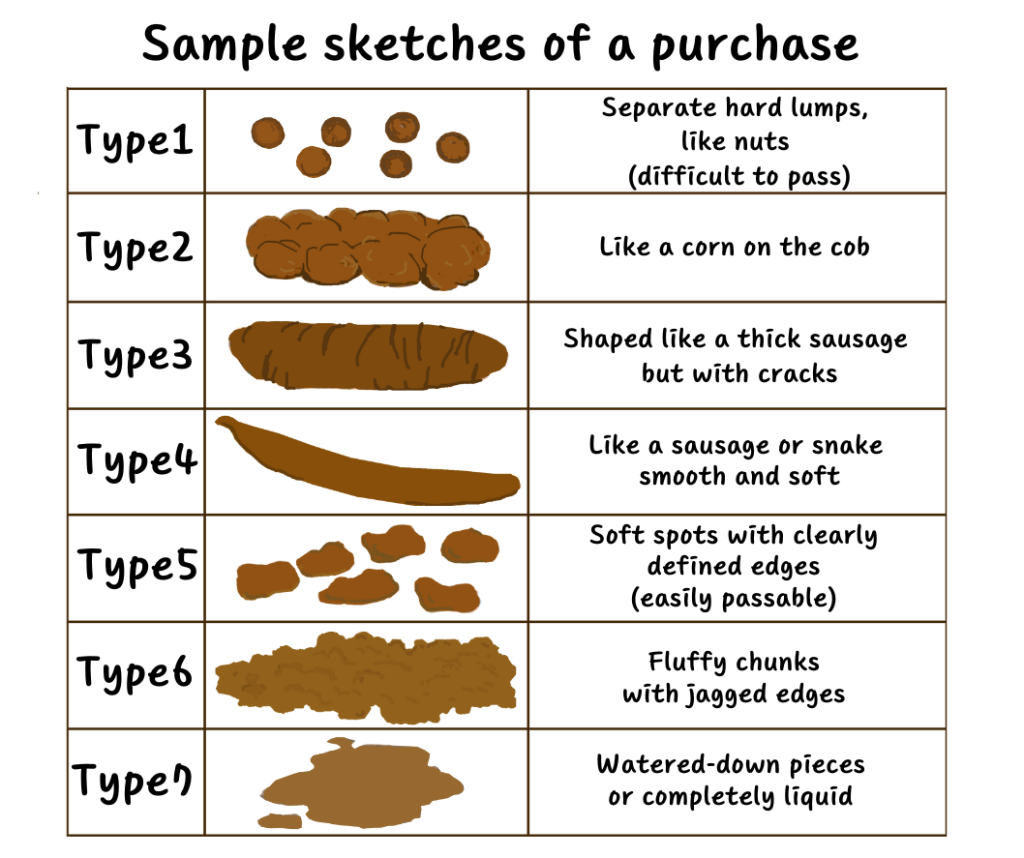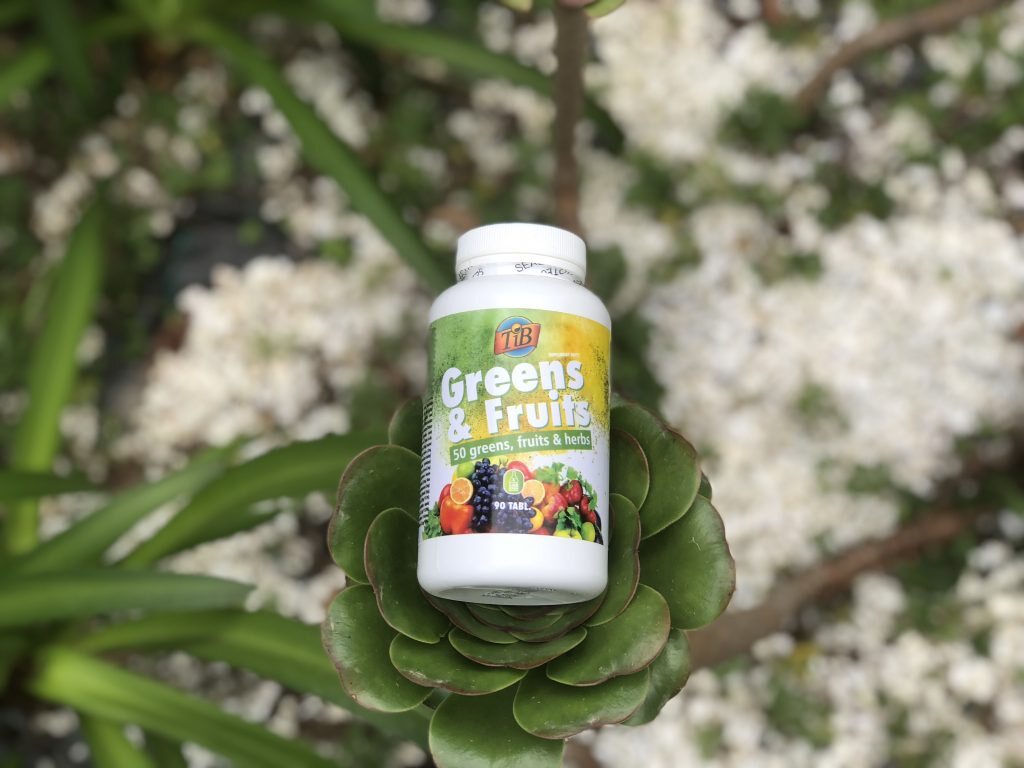Przypomnij sobie swoje dzieciństwo czy jakiś podobny schemat nie rozgrywał się w gronie Twojej najbliższej rodziny bądź otoczeniu. Np. taki…
What are the best poops?
Observe, listen, and don’t ignore the appearance, and even the smell of your stool…
It’s not a topic for conversation, and if someone brings it up, they’ll be met with nervous half-smiles. In some cases, even involuntary tics may occur.
Of course, there are communities that enjoy describing their own excrement. Often, hypochondriacal groups carry samples of their latest „I have to poop” and if you’re interested, they call themselves „fruitarians.”
Meanwhile, our bodily emissions are actually a very important topic when it comes to health. Therefore, they deserve attention regardless of the significant factor that poop often stinks.
In fact, if you ignore „it” that goes into your toilet, its shape or color, you might actually flush away clues about your health down the drain.
Did you know that the average person generates about five tons of poop in their lifetime?
It turns out that a lot can be said about our health just from the appearance and smell of our stool. So instead of dismissing it, take a moment to think about it.
The shape, size, color, and other characteristics, including the sound it makes when it hits the bowl, can tell you a lot about your overall health.
It will indicate how your digestive system is functioning, and a good psychiatrist knows that the gut is the second brain. Therefore, it also plays a role in the state of depression.
You will also get clues about potential serious diseases, infections, ulcers, or even cancer.
The aesthetic possibilities of poop are almost as wide as a rainbow, and let the bourgeoisie forgive me for using the word poop and rainbow in the same sentence.
But indeed, in this case, we are dealing with a wide range of colors, textures, and shapes that fall within the norms.
However, we must also be vigilant for anomalies, including increased risks that require IMMEDIATE medical attention.
Your stool is about 75% water. The rest is a stinky mixture of fibers, living and dead bacteria, different cells, and mucus.
Take a look at various stool sketches, and their characteristics alone will tell you whether they carry happy excretion and a healthy digestive system.
Color, smell, shape, size, and even sound, such as the splash of water when Type 1 „heavy sinker” or Type 2 „floating” stool hits the water, actually matter.
Do you ever have the best Type 4 poop?

The ideal ones oscillate between Types 3, 4, and 5, which are soft and smooth sausages, snakes, and blobs, but all are easily excreted.
As I mentioned before, Type 4 is somewhat perfection! The Maybach 62S among stools.
Fiber tends to bind the stool and acts like glue to give it a larger form, rather than being excreted in pieces.
If the stool is softer (like short-term diarrhea), it may be related to lactose intolerance, artificial sweeteners (sorbitol), or a reaction to fructose or gluten.
Several guidelines can help you evaluate this, as there are a few signs that may be cause for concern, including changes in stool accompanied by abdominal pain.
A medium brown to light brown color is normal, but if you’re a raw foodist and consume lots of green shakes and chlorella/chlorophyll, don’t be surprised if you have green stool, as this is a symptom of raw foodism.
And if you’re a fruitarian and had 10 mangos blended for lunch, expect orange. However, if you eat a standard diet, expect shades of brown.
Defecation should be obvious. The stool should be easy to move and come out, and stools that require excessive effort and are painful are not good.
The best stool is smooth, soft, and formed in one longer shape.
Therefore, the concentration of pieces, in the form of hard lumps (stones), but also very watery puree, and even pastes, is not the best. The latter are difficult to clean from the toilet bowl.
Stools with a diameter of 2.5 to 5 cm and a length of up to about 40 cm are normal.
Narrow or pencil-shaped stools, or ribbon-like stools may indicate hemorrhoids, obstruction, or polyps. In the worst case, colorectal cancer.
However, narrow but infrequent stools are not as alarming as those that are pencil-thin and hard. If they are constantly like this, it is recommended to have further tests.
For starters, a regular morphology test and a completely non-invasive calprotectin test.
Stools ending in an S shape are perfectly fine.
However, black stools, tarry stools, or bright red stools may indicate bleeding from the digestive tract.
Black stools can also result from certain medications, supplements, or consumption of black licorice, but the underlying cause should always be determined.
A quiet and gentle descent of the stool into the water is normal. A small splash is what you should hear. However, atomic explosions and a welcoming impact on the water surface with a simultaneous shower are not good.
White, pale, or gray stools may indicate a lack of bile, which may suggest a SERIOUS HEALTH PROBLEM such as:
Such stool strongly justifies a visit to a doctor.
No one says it should smell during excretion, but the natural odor shouldn’t be so repulsive.
Be vigilant.
Yellow stools unless you’re a fruitarian and have eaten mango or cantaloupe, may indicate Giardia (lamblia) infections or problems with the gallbladder.
They may also indicate a condition called Gilbert’s syndrome, so contact your doctor.
When you can see undigested food particles in your stool, it is cause for concern, especially if it is accompanied by:
This could be related to inflammatory bowel diseases such as Crohn’s disease, ulcerative colitis, or even colon cancer.
Especially when increased mucus is accompanied by bleeding, abdominal pain, or nausea.
If your stool has an unusually unpleasant odor, this fact should not be ignored.
Of course, I am referring to odor that exceeds the usual smell.
Such a foul odor could be related to a number of health problems:
Cystic fibrosis (CF) is a disease caused by a faulty gene that causes the body to produce large amounts of sticky mucus.
This mucus accumulates and results in life-threatening lung infections and serious digestive problems.
Most cases are diagnosed by the age of 2 or earlier, so mothers must be particularly sensitive to the smell of their children’s stools.
When it comes to gas, keep in mind that trillions of gut bacteria are doing their job, which causes the production of gas from 1 to 4 liters per day.
If we didn’t expel gas, we’d be floating around like balloons on a fairground afternoon.
90% of gas in a healthy diet has a minimal odor, but the remaining 10% does. The quantity and type of gas produced are influenced by what you eat.
However, every human being must pass gas about 14 times a day. This includes models and the pope. How lovely.
The normal frequency of bowel movements, when we talk about what is considered normal, is not the same for everyone.
Rather, consider what is normal for you.
It turns out that the range can be from three bowel movements a day, the pattern of a Buddhist monk, to three times a week.
The latter frequency is accepted by allopathic doctors as being normal, as it is adapted to modern dietary habits.
More important is the ease with which you can move your bowels and eliminate waste. Passing stool should not be more difficult than urinating or passing gas.
Several factors can affect this ease of bowel movement, including:
The average time required to pass stool after eating a meal is typically between 18 to 72 hours, depending on the type of food consumed. Animal protein is usually digested the slowest.
If the transit time is significantly shorter, we experience diarrhea because the intestines do not have enough time to absorb water. Conversely, if the transit time is longer, it can result in constipation, as too much water has been absorbed, leading to hard, dry stools that are difficult to pass and can cause fecal impaction.
Fecal impaction can cause bloating, discomfort, and a feeling of incomplete defecation. Chronic, untreated constipation can lead to serious health conditions.
However, it is important to avoid using laxatives frequently, and only use them as a last resort and for a very short period of time.
The most common causes of diarrhea are:
Less common causes include:
Most problems with the digestive system can be prevented or resolved by simple changes in diet and lifestyle.
The frequency of civilization diseases is related to the quality of bowel movements.
Strengthening IMMUNITY!
Rich Greens & Fruits TiB
Vitamins, minerals, and over 50 extracts from herbs, fruits, and vegetables
When squatting, you assume the most correct posture for defecation.
You straighten your anus, relax the puborectalis muscles and encourage them to completely empty the intestines without effort.
There is scientific evidence that this type of bowel movement can cure constipation and hemorrhoids.
A bidet is one of the nicer things that can happen in your bathroom.
Consider using a bidet instead of toilet paper.
A bidet is a blessing in your bathroom.
Wishing you perfect bowel movements.
pepsi eliot
Powiązane artykuły
Komentarze
We highly recommend the Vitamin D3+K2 TiB for sublingual intake!
Regarding higher absorption from sublingual receptors


 Blog pepsieliot.com nie jest jedną z tysięcy stron zawierających tylko wygodne dla siebie informacje. Przeciwnie, jest to miejsce, gdzie w oparciu o współczesną wiedzę i badania, oraz przemyślenia autorki rodzą się treści kontrowersyjne. Wręcz niekomfortowe dla tematu przewodniego witryny. Jednak, to nie hype strategia, to potrzeba.
Blog pepsieliot.com nie jest jedną z tysięcy stron zawierających tylko wygodne dla siebie informacje. Przeciwnie, jest to miejsce, gdzie w oparciu o współczesną wiedzę i badania, oraz przemyślenia autorki rodzą się treści kontrowersyjne. Wręcz niekomfortowe dla tematu przewodniego witryny. Jednak, to nie hype strategia, to potrzeba.
Ło żesz! Medytowałem jak było w artykułach. I nagle widzę wszystko po angielsku 😁🇬🇧
To jeszcze zobaczysz po niemiecku 😀 a kasa już się zgadza? 😀